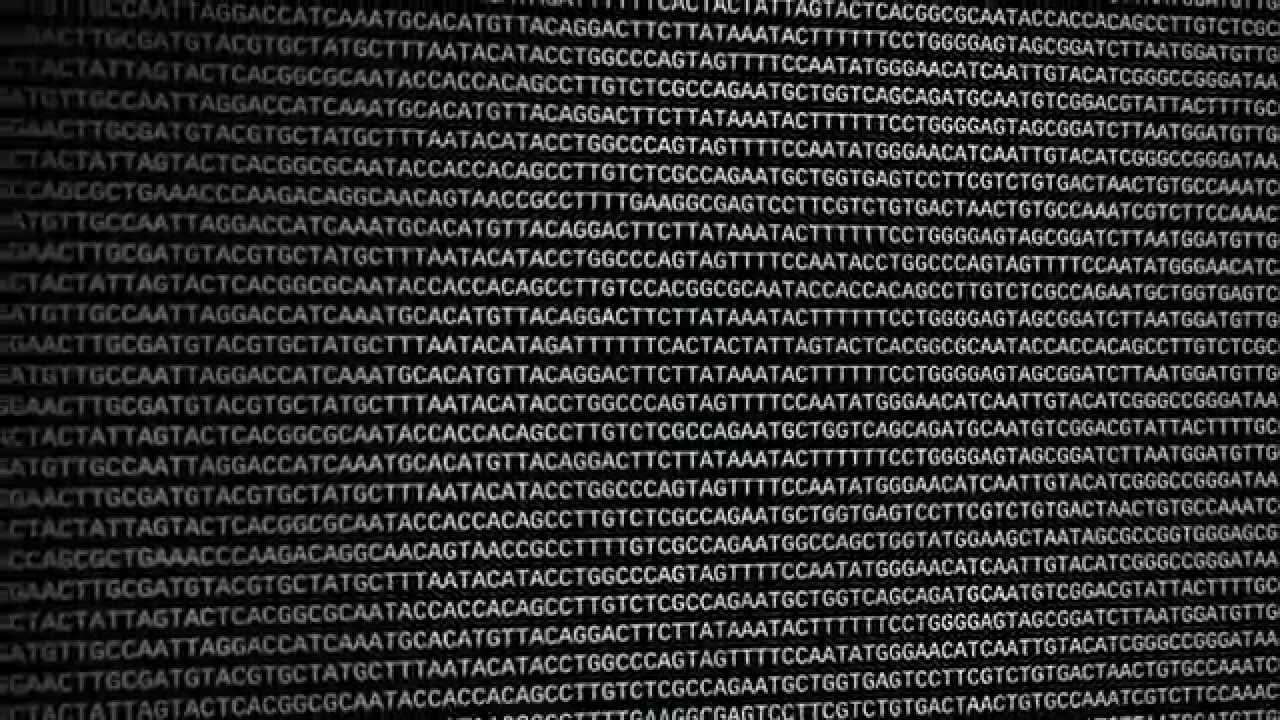
GMO 2.0? ‘Gene-Editing’ Technology on the Rise
There has been a lot in the news recently about the ethics of gene editing in humans.
But, as yet largely unnoticed is that the European Commission is considering whether the gene-editing of plants and animals, for example in agriculture, be exempted from regulation or even falls outside the scope of EU lawgoverning genetically modified organisms (GMOs).
In other words, whether the products of gene-editing should be labelled and regulated as GMOs, or allowed to enter the food chain untested and unlabelled.
January 29, 2016 | Source: Alternet | by Dr Janet Cotter, Dr Ricarda
There has been a lot in the news recently about the ethics of gene editing in humans.
But, as yet largely unnoticed is that the European Commission is considering whether the gene-editing of plants and animals, for example in agriculture, be exempted from regulation or even falls outside the scope of EU law governing genetically modified organisms (GMOs).
In other words, whether the products of gene-editing should be labelled and regulated as GMOs, or allowed to enter the food chain untested and unlabelled.
If you believe the proponents’ claims, gene-editing is nothing more than the ‘tweaking’ of DNA in plants and animals – nothing to be concerned about.
But the reality is that gene editing is simply GM 2.0, with many of the same concerns and problems as the GM crops that Europeans have already rejected.
What is gene-editing?
Gene-editing is a form of genetic engineering. It covers a range of new laboratory techniques that, just as older genetic engineering techniques, can change the genetic material (usually DNA) of a living organism, for example a plant or an animal, without breeding.
In many respects, they are similar to the ‘traditional’ genetic engineering we are familiar with. The difference is that these techniques can change the DNA of the plant or animal at a specific ‘targeted’ location, compared to the insertion of genes at random locations characteristic of previous techniques.
Many of these techniques can be used to insert genes from an unrelated species into a plant or animal as traditional genetic engineering does and the resulting products, with their novel genes would be regarded as GMOs. But not all the applications of gene-editing involve the insertion of novel genes.
The current debate surrounds applications of gene-editing that, instead of inserting genes, re-write genes using a sort of ‘DNA typewriter’. The question is whether plants and animals with ‘edited’ genes (without inserted novel genes) should be regulated as GMOs.
Products of gene editing with re-written genes that might be imported, grown or farmed in Europe in the near future, including the UK, include a herbicide-tolerant oil seed rape, produced by a technique known as oligonucleotide directed mutagenesis (ODM), and hornless cattle, developed through a technique known as ‘CRISPR’.
CRISPR is becoming well known in scientific circles as it’s a particularly efficient method of gene-editing.
